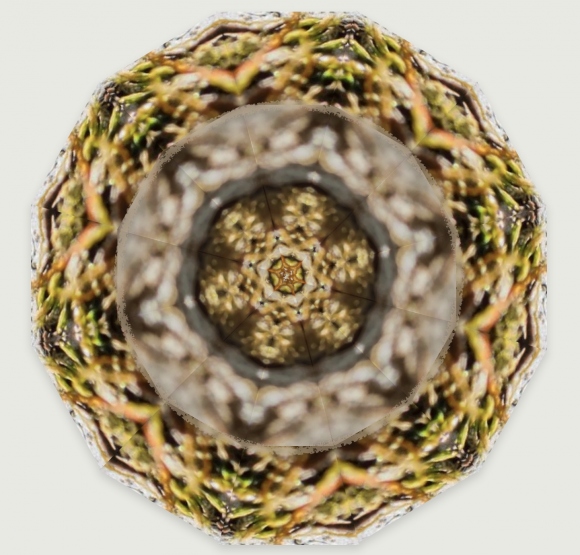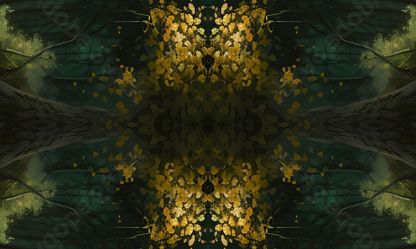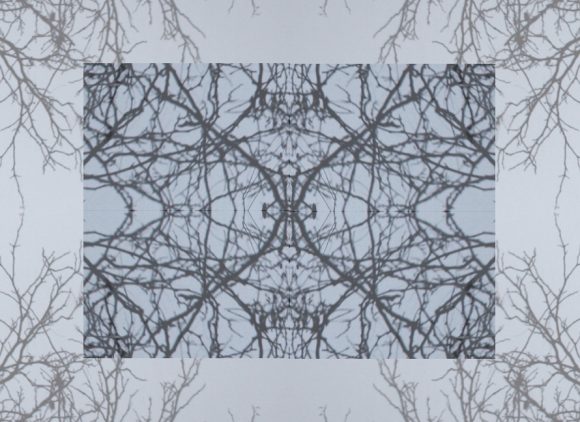Salvador Dalí famously refused to provide — or even confirm — symbolic interpretations of the dream-like imagery in his paintings. When asked what his melting clocks represented, he is said to have replied: “They represent melting clocks.” (This refers to his iconic 1931 painting The Persistence of Memory.)

Surely there is a good measure of funny insolence (and self-mystification) about this attitude, but it also has a serious and important point behind it. Our age has a tendency to assume that, behind any given experience, there must be a reality that is “properly” described either in literal terms, or else in symbolic terms which stand in for (again) something describable in literal terms. “Stand-ins”, substitutes, or allegories alike are seen as mere indirect paths towards something for which there must be a direct and literal route. They are considered variations that can add spice and color, or might be helpful in making information more tangible and thus easier to understand. But the assumption is always that something literal may be substituted, and that such substitution (although it may result in loss of spice et al.) would preserve the literal substance behind the experience — which is, or so the thinking goes, the only substance there could be.
But this is too simplistic and too restrictive an approach to symbolic experience, and Dalí is right in his implicit refusal of it. Whether it is surrealist art or actual dream imagery, if we consider them mere “stand-ins” for something easily describable in literal terms, we drop more than just spice et al. from them. We also remove their psychological substance (or, as Jung would have insisted, their psychological “reality”). Yet this subtle weakening of imaginative experience is deeply entrenched in our thinking, even psychological thinking, as Hillman points out:
[E]ach time you or I treat images as representations of something else—Penis, or Great Mother, or Power Drive, or Instinct, or whatever general, abstract concept we prefer—we have smashed the image in favor of the idea behind it. To give to imagination interpretative meanings is to think allegorically and to depotentiate the power of the imagination.
James Hillman, “Peaks & Vales”, UE 3, 68.
To insist, as Dalí did, on a non-reductive or non-interpretive experience of imagery (be it imagery in his paintings or from the dream worlds that inspired them), is to uphold the psychological substance in the products of the imagination.
Still, although this seems a valid line of thought to me, all this talk of psychological “substance” or “reality” is rather too vague and severely in need of explication. To uphold the force and substance in the imagination would require either a far-reaching rewrite of metaphysical notions (primarily, that of “reality”) or else a new style of thinking in which they are supplemented, on equal footing, by something like the “psychological reality” Jung speaks about. Neither path can be walked by mere insistence or analogical talk (like that of Jung, when he describes adaptation to the “realities” of the inner world; cf. GW VII, §319, 326). If there is something we’d lose from imaginative work (such as Dalí’s) when we interpret it symbolically, and which we don’t lose if we experience them in their own right, then we should be able to say something about what it is which we lose or don’t lose there. (This is not the same as providing, after all, a symbolic interpretation. Rather, it is to supply an explicative meta-level of thought which seems lacking from the mere attitude of refusal in Dalí or insistence in Jung.)



